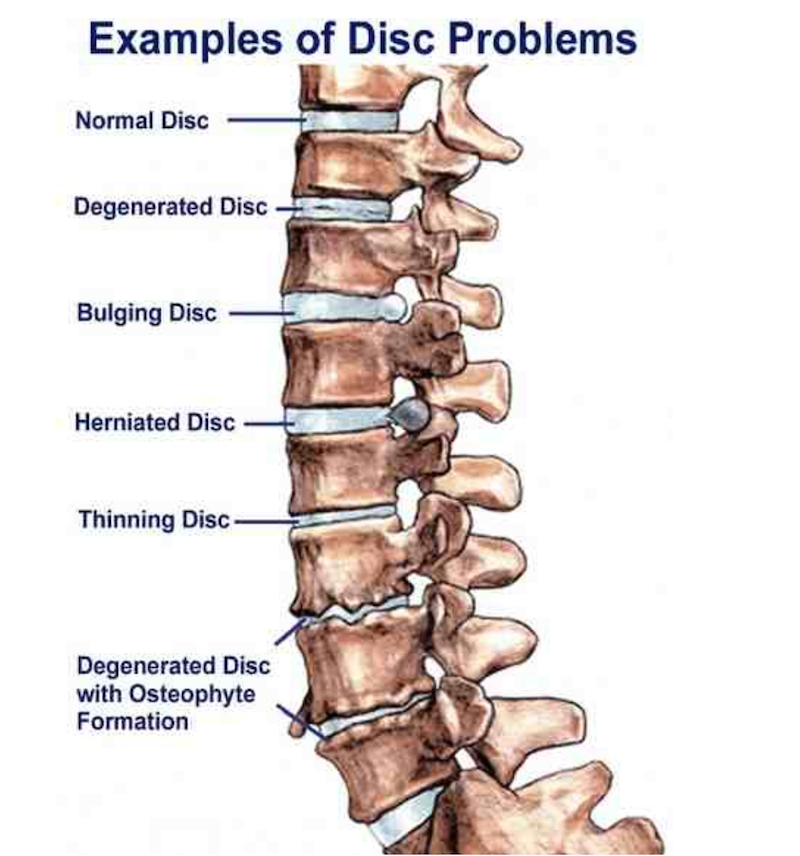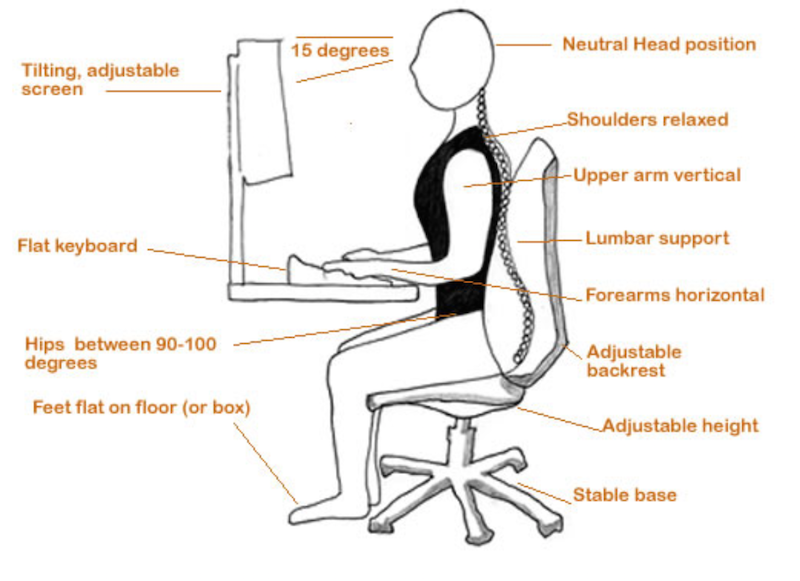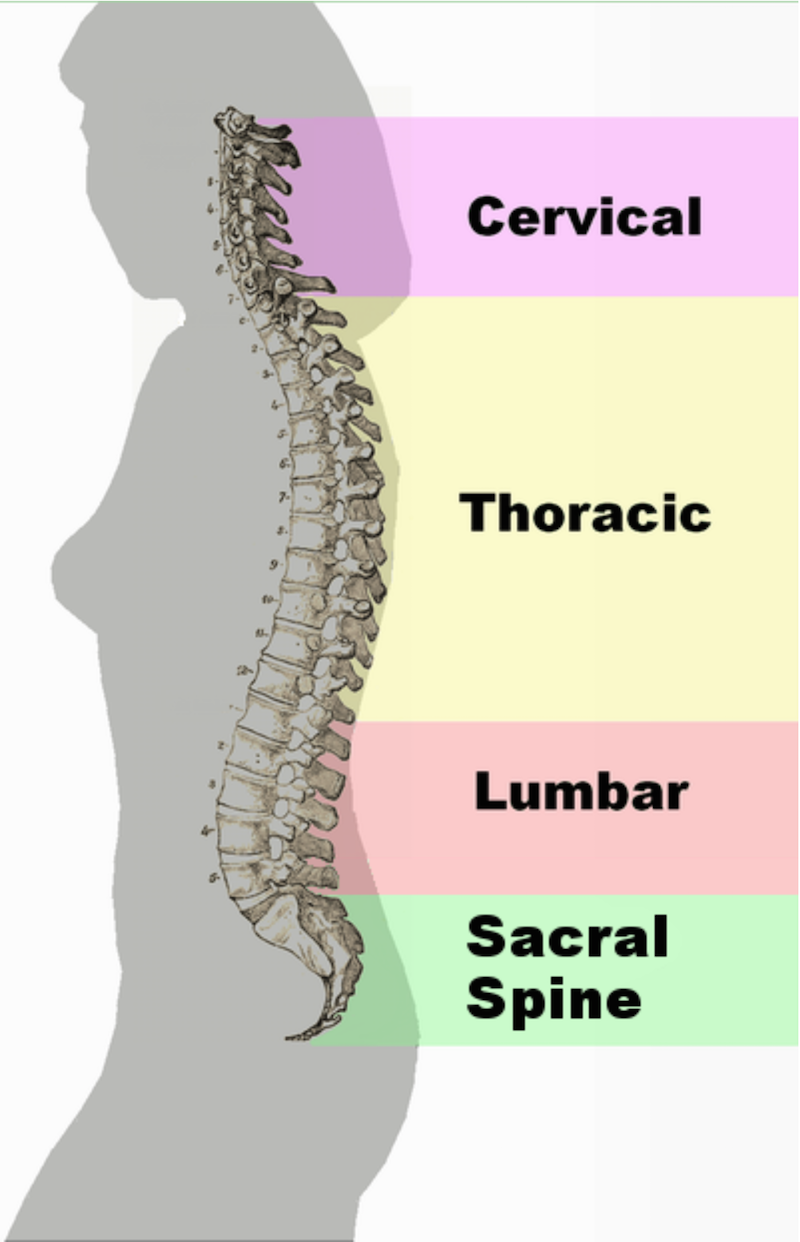Key Facts:
| Reason given for sickness | Total Days lost by reason | ||||
| 2013 | 2012 | 2011 | 2010 | 2009 | |
|
Musculoskeletal problems3 |
30.6 | 33.3 | 35.1 | 38.4 | 38.2 |
|
Minor illnesses |
27.4 | 25.6 | 27.4 | 36.2 | 42.9 |
|
Other4,5 |
21.7 | 21.7 | 18.5 | 15.4 | 19.4 |
|
Stress, depression, anxiety |
15.2 | 14.4 | 13.3 | 11.8 | 12.3 |
|
Gastrointestinal problems |
8.7 | 8.9 | 10.3 | 10.9 | 7.3 |
|
Respiratory conditions |
5.3 | 4.5 | 5.3 | 7.8 | 7.2 |
|
Eye/ear/nose/mouth/dental problems |
5.2 | 4.1 | 3.8 | 2.6 | 4.4 |
|
Heart, blood pressure, circulation problems |
5.0 | 5.7 | 4.5 | 2.9 | 2.7 |
|
Genito-urinary problems |
3.2 | 4.1 | 5.0 | 3.2 | 2.3 |
|
Headaches and migraines |
1.7 | 1.4 | 1.6 | 3.4 | 4.4 |
|
Serious mental health problems |
1.0 | 1.1 | 0.7 | 0.7 | 0.5 |
|
Prefers not to give details |
5.9 | 8.8 | 5.8 | 4.0 | 4.5 |
|
Totals |
131 | 134 | 131 | 137 | 146 |
| Source: Labour Force Survey person datasets | |||||
What can Employers do?
In percentage terms, the major cause of absence from work is due to pain from back issues - muscular or skeletal. Many of these problems relate to office workers, and derive from sitting in a static position on an inadequately supporting, or incorrectly adjusted office chair.
Recommendation and Observations:
The average content of a working day is made up of:
o TOTAL 12 hours
This leaves just 12 hours to sleep, exercise or relax in order to recuperate from the physical stress of sitting, and allow the body to naturally recuperate.
Companies have a responsibility towards their employees under The Health and Safety at Work Act of 1974, (HASAW or HSW). It is the main centrepiece of UK Health and Safety legislation and the Act firmly places the duty of care on employers “to ensure, so far as is reasonably practicable, the health, safety and welfare of the work” of all their employees.
Ensuring that appropriate seating is available for each employee is a key element of the Act, but employers are also motivated by concerns over reduced productivity due to absence. Fears of liability claims from sick employees are also a contemporary influence on ensuring that suitable seating has been provided and the concepts of ergonomic posture and movement have been understood.
Avoid problems that may arise from sitting incorrectly:
There are many back issues that result from accident, injury, illness or are hereditary from birth, but many more are as a result of continuous periods of poor or static sitting posture. There are many consequences to the spine and discs.

The Solution
Employees need to consider a dynamic ergonomic chair, with a free-float movement, allowing frequent changes to the body opening angle, with flexibility of movement or temporary locking at a comfortable and supportive position, to accommodate and support each type and shape of individual as they accomplish a variety of seated tasks.
Good seating incorporates backrest shapes that create good lateral support and allow for the S shape of the spinal column to be supported. Sitting positions should support an open hip of greater than 90 degrees; often created by a 7 degree downwards seat angle (forward tilt), which also stimulates good blood flow.

Humanfactor Chairs
Humanfactor chairs were designed to allow the individual to find three important and core health elements in one chair range:
Patented Backrest Supports in Humanfactor Chairs:
The Therapod™ Backrest System (in HF3, HF5 and HF7 series chairs) was developed by Industrial Ergonomist and Biomedical Engineer Kumar Rajaratnam. The System ensures that improved senses of comfort and support can be provided by the personalised adjustment or relaxation of support straps in the backrest. The straps are wrapped into a flexible frame, accessed by unzipping the rear upholstery, and are located so as to support the sacral, lumbar, lower thoracic and upper thoracic vertebrae, providing a full height backrest support. The entire backrest assembly is also height-adjustable to help to position the straps to the desired position and maintain an S-shaped posture.
System C-Pod® (in HF4 series chairs) was launched by Kumar Rajaratnam in 2010 after customer requests to look at a mesh-back version of the same support principle as Therapod™. After 6 years in development C-Pod® was launched with both aesthetic and functional innovations. Adjustable flex-absorption discs link the frame of the mesh to the backrest and thereby provide a dorso-kinetic support without challenging its strength. The ratchet-based mesh-torsioning straps provide the ability to adjust resistance firmness in five locations corresponding with the sacral, lumbar, lower, middle and upper thoracic vertebrae. There are 16 possible adjustments per strap with audible clicks and Braille zones.
Headrests that are adjustable in height, angle and reach are available for all Humanfactor chairs. These provide neck and head support to counter issues with the cervical vertebrae or to aid the relaxation of neck and shoulder muscles whilst sitting.
In order to provide physical encouragement for the automatic adoption of the S-shaped curvature of the spine required for a correct posture, Humanfactor chairs are supplied with a choice of two mechanisms. The Synchronous mechanism moves the seat and backrest together in a prescribed relationship. A ProBax® foam under-layer increases the foam density at the rear of the seat without affecting comfort. The ProBax® foam thus promotes a slight forward tilt of the seat support (around 4°). Alternatively, the Independent seat-and-back mechanism allows the
